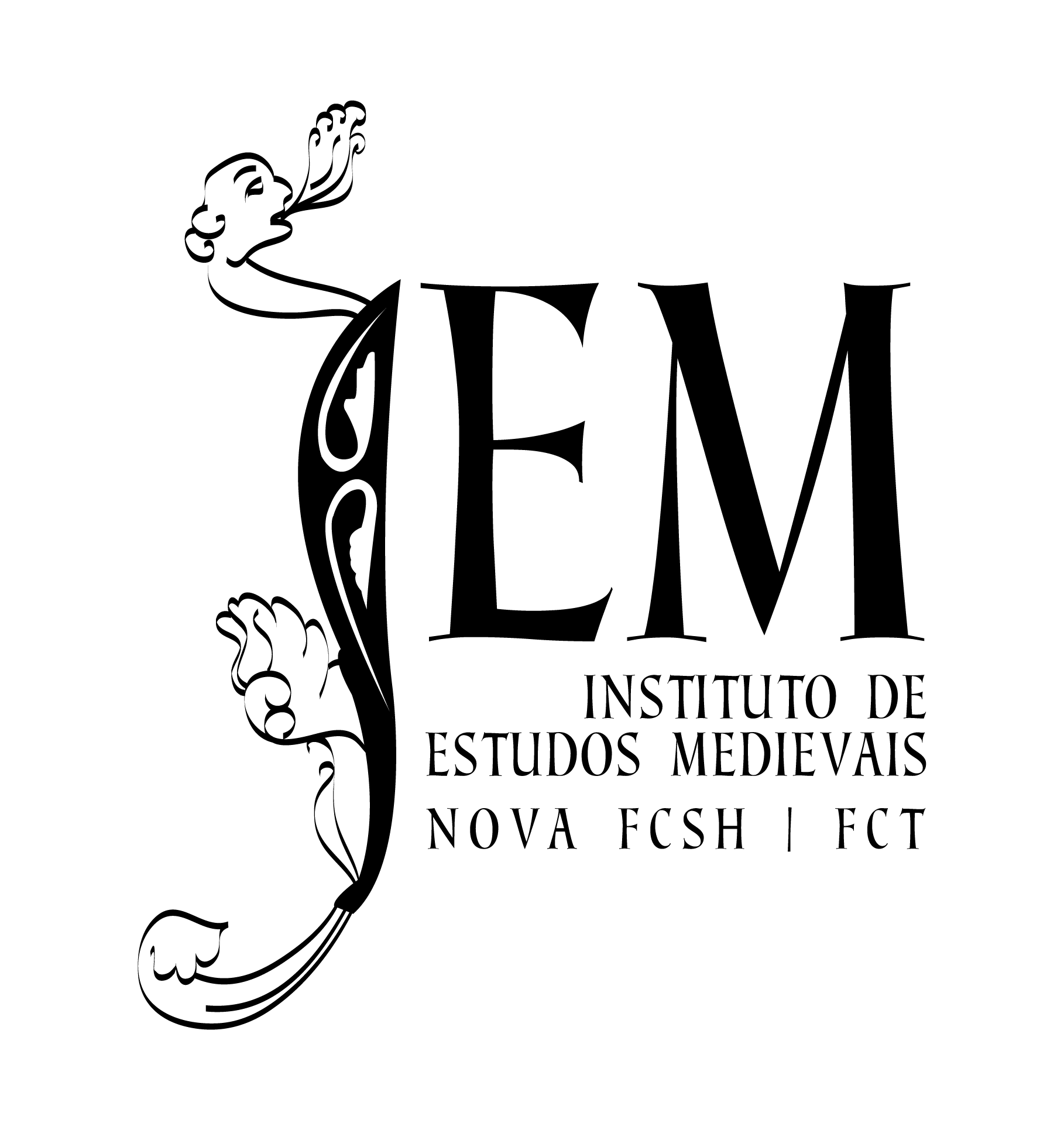Medieval minstrel
Bibliographic notes
Nothing is known about this author, although judging from his placement in the songbooks, he was probably a minstrel, as were Lopo and Lourenço, the authors around him. Carolina Michaëlis suggested the hypothesis that he was a leonese, born in the city of Galisteo (the correct form of his name would be, in that case, Fernandes de Galisteu)1. Actually, the Galisteu toponym appears in a song by Martim Soares, certainly mentioning not a leonese city, but a village to the east of Caceres, in the Spanish Extremadura. In truth, this hypothesis of there being an error in the reference to the minstrel’s name does not seem very plausible. Resende de Oliveira2, again taking into account his placement in the manuscripts, supposes that he would be Galician and performing his activity around the mid-13th century. Recently, Souto Cabo3 takes its origin from the village of Galisteu, in the Galician parish of Manhufe (Conc. Gondomar), 13 km from Vigo.Bibliographic references
1
Vasconcelos, Carolina Michaëlis de
(1990),
Cancioneiro da Ajuda, vol. II
Lisboa, Imprensa nacional - Casa da Moeda (reimpressão da edição de Halle, 1904)
2
Oliveira, António Resende de
(1994),
Depois do espectáculo trovadoresco. A estrutura dos cancioneiros peninsulares e as recolhas dos séculos XIII e XIV
Lisboa, Edições Colibri
3
Souto Cabo, José António
(2018),
"Martim Codax e o fenómeno jogralesco na Galiza sul-ocidental", in The Vindel Parchment and Martin Codax. The Golden Age of Medieval Galician Poetry, edited by Alexandre Rodríguez Guerra and Xosé Bieito Arias Freixedo
John Benjamins Publishing Company
Access the web page


